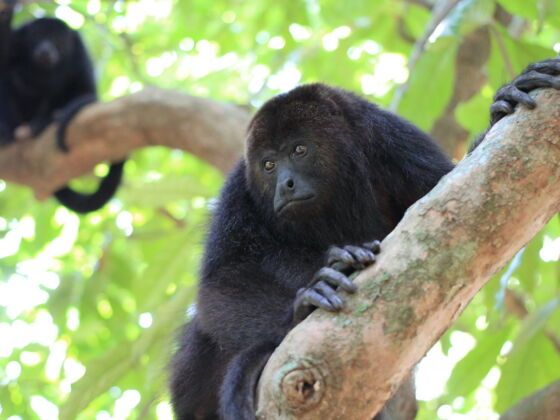[Editor’s Note: Megan Kimble was a writer selected to travel with the Green Living Project to document environmental and community sustainability efforts in Guatemala and Belize. This is the first of several dispatches she is filing for Matador.]
He pauses every ten feet or so, stooping down to examine the mulch-covered trail. This time, he’s spotted jaguar scat, and prods at it with the tip of his machete, looking for clues of the great cat’s last meal. Though Raymond hunted this forest for years, he’s no longer tracking jaguars, birds, and monkeys for game—he’s tracking them for the amusement of tourists, who pay tour guides like him for a glimpse into the biodiversity of this rainforest in northern Belize.
